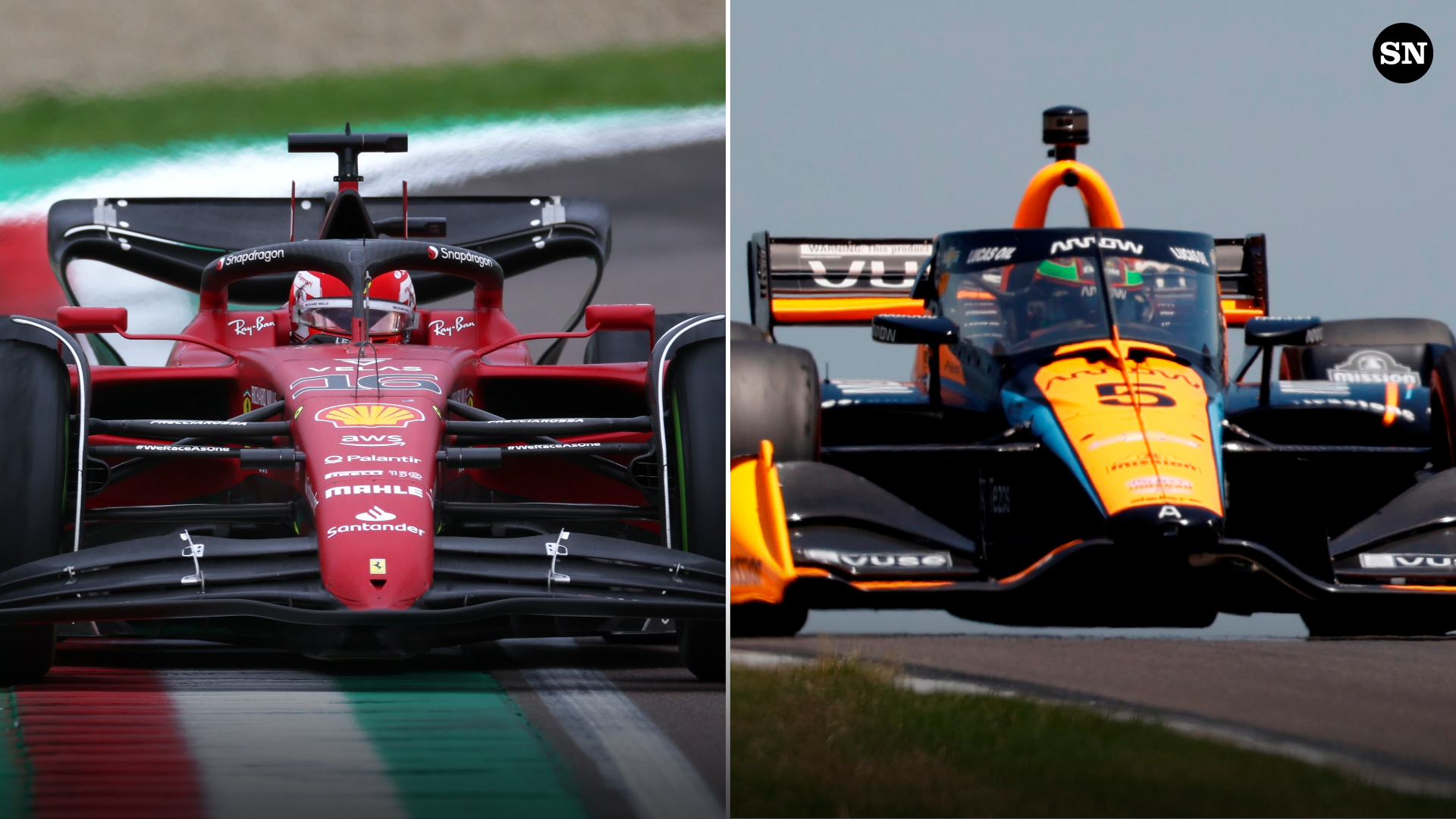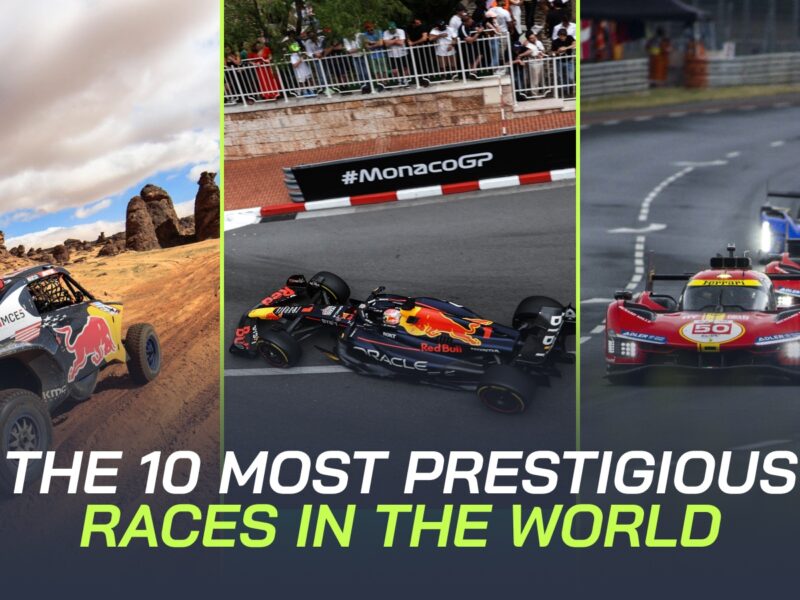Speed Showdown: Formula 1 vs. IndyCar – Key Differences Explained
Formula 1 and IndyCar. They both feature incredibly fast, technologically advanced open-wheel race cars piloted by some of the most skilled drivers on the planet. To the casual observer, they might even look somewhat similar. But dive beneath the surface, and you’ll find two distinct racing series with unique philosophies, technologies, challenges, and cultures.

So, what truly separates the global glamour of F1 from the diverse challenges of IndyCar? Let’s break down the key differences:
1. The Cars: Bespoke vs. Spec
- Formula 1: This is the heart of F1’s identity – constructors. Each team designs and builds its own unique chassis according to strict technical regulations, but with significant room for aerodynamic innovation. They also utilize highly complex, bespoke hybrid Power Units (engines + energy recovery systems) supplied by manufacturers like Mercedes, Ferrari, Renault (Alpine), and Honda (for Red Bull Powertrains). The focus is on pushing technological boundaries, resulting in vastly different car performances between teams.
- IndyCar: IndyCar prioritizes closer competition and cost control through spec components. All teams use the same Dallara chassis. While teams can tweak setups and some aerodynamic components (within limits), the core car is identical. Teams choose between two engine suppliers: Honda and Chevrolet. These twin-turbo V6 engines are powerful but less complex and significantly less expensive than F1 power units.
- Impact: F1 sees a wider gap between the front and back of the grid due to car differences, emphasizing engineering prowess. IndyCar’s spec nature generally leads to closer racing across the field, putting more emphasis on driver skill and team strategy within tighter constraints.
2. The Tracks: Global Road Courses vs. North American Mix
- Formula 1: The F1 calendar is a global tour, racing almost exclusively on purpose-built road courses and famous street circuits (like Monaco, Singapore, Las Vegas). There are no oval races in F1. The tracks vary wildly in layout and demand maximum downforce and braking efficiency.
- IndyCar: IndyCar racing is primarily based in North America and features a much more diverse range of track types:
- Ovals: From short ovals to high-speed superspeedways like the iconic Indianapolis Motor Speedway (home of the Indy 500).
- Road Courses: Similar to F1 tracks, often shared venues (like COTA or Indianapolis’ road course).
- Temporary Street Circuits: Challenging bumpy circuits built on city streets (like Long Beach or Toronto).
- Impact: F1 cars are highly specialized for maximum downforce and cornering grip on road/street courses. IndyCars need to be versatile, with distinctly different aerodynamic packages and suspension setups required for ovals versus road/street courses. Oval racing requires unique skills like drafting and pack racing not seen in F1.
3. Budgets and Spending:
- Formula 1: Operates on astronomical budgets. While a cost cap has been introduced, top teams still spend hundreds of millions of dollars annually on research, development, manufacturing, and operations. It’s a technological arms race.
- IndyCar: Budgets are significantly smaller, fostered by the use of spec chassis and limited engine suppliers. This makes the series more accessible for teams and helps maintain parity.
- Impact: F1’s spending fuels cutting-edge innovation but also contributes to performance disparities. IndyCar’s cost controls promote a more level playing field financially.
4. Technology and Strategy Aids:
- Formula 1:
- DRS (Drag Reduction System): A driver-activated movable rear wing flap that reduces drag on designated straights when within one second of the car ahead, aiding overtaking.
- Complex Hybrid Systems (ERS): Energy Recovery Systems harvest braking and exhaust energy, providing deployable electrical power boosts.
- No Refueling: Pit stops primarily focus on tire changes, making tire strategy and track position paramount.
- Power Steering: Standard.
- IndyCar:
- Push-to-Pass: A driver-activated system providing a temporary horsepower boost (duration and number of uses limited per race), primarily used for attacking or defending on road/street courses.
- Refueling: A major strategic element. Pit stops involve both tire changes and refueling, dramatically impacting race strategy and timing.
- No Power Steering: Cars are physically demanding to drive, especially on bumpy street circuits or high-G ovals.
- Impact: Overtaking mechanics differ (DRS vs. Push-to-Pass). Refueling adds a significant layer of strategy to IndyCar races absent in F1. The lack of power steering in IndyCar highlights driver physicality.
5. Global Reach and Culture:
- Formula 1: A truly global championship with races across Europe, Asia, the Americas, and the Middle East. It carries an aura of glamour, exclusivity, and cutting-edge technology, attracting massive international audiences and luxury sponsors.
- IndyCar: Primarily focused on the North American market, with deep roots in American motorsport history (especially the Indy 500). It often has a more accessible, down-to-earth fan culture compared to F1’s paddock club scene.
- Impact: F1 has a larger global footprint and associated commercial value. IndyCar has a passionate and dedicated North American fanbase centered around its unique events like the Indy 500.
Conclusion:
While both Formula 1 and IndyCar showcase incredible speed and driver talent, they offer distinct experiences. F1 is a global, technology-driven spectacle focused on constructor innovation and road course mastery. IndyCar provides diverse track challenges (especially ovals), closer competition through spec components, and strategic intrigue with refueling, primarily captivating a North American audience. Neither is inherently “better” – they simply cater to different philosophies and provide different, but equally compelling, forms of elite motorsport.
Which series do you prefer and why? What do you find most appealing about F1 or IndyCar? Share your thoughts in the comments!


